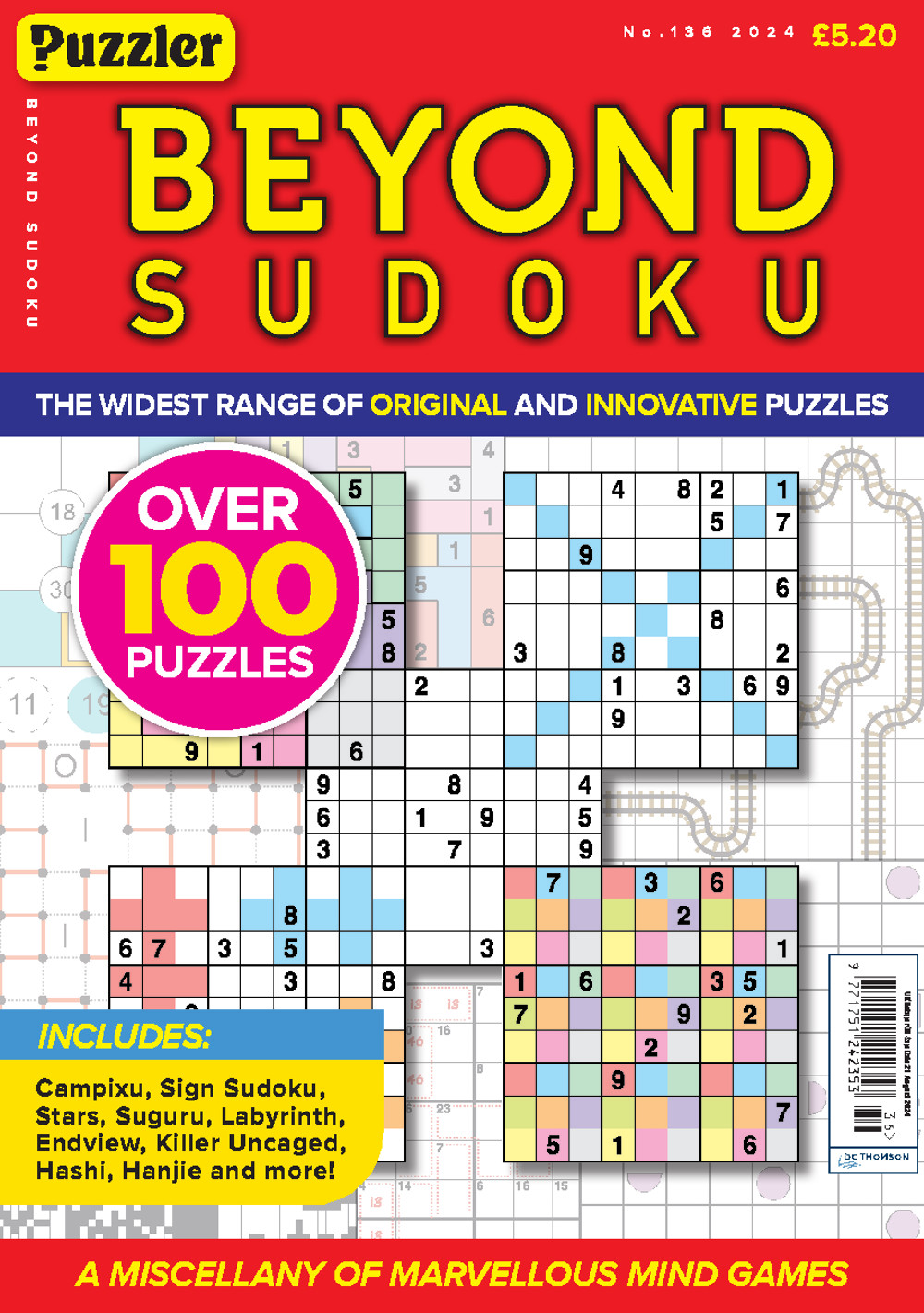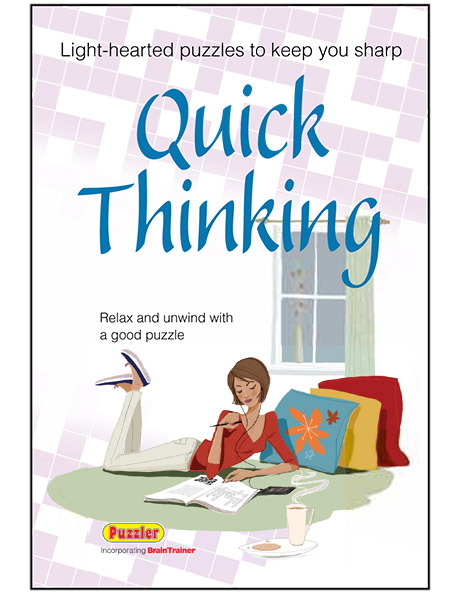Campixu
Developed by Johannes Kestler in the summer of 2008, Campixu works on a similar principle to Hanjie: shade certain blocks to reveal a picture.
There are two key differences between Campixu and Hanjie: in a Campixu, there are two digits for each line: the first gives the number of black squares in a line and the second, the number of blocks formed by the black squares in a line. (In a Hanjie puzzle, the amount of numbers given for each line varies; each represents a block of shaded squares.) Also, a Campixu grid (unlike a Hanjie grid) contains bordered regions.
The name, according to Johannes, was 'inspired by the Latin word 'campus' (which means 'field') and by the word pixel, an allusion to the pixelated solution picture'.
A puzzle that works in a similar way, with grid numbers and bordered regions, appeared in Nikoli 118, 2007 (page 62). In the Nikoli version, called Tile Paint, only one number is provided (the number of black squares in the line). Jimmy Goto at Nikoli believes their puzzle is 'simple and uninteresting'. We rather like both puzzles.
Instructions
Two numbers are given at the start of each row and column: the first is the total number of shaded cells in the line; the second is the amount of blocks formed by the shaded cells. Each block in a line is separated by at least one white cell. All cells in any inner region, marked with a bold outline, must be the same – shaded or white.
Related Puzzles
Enigma Hanjie Mosaic Colour CampixuFeatured In
Related Products


